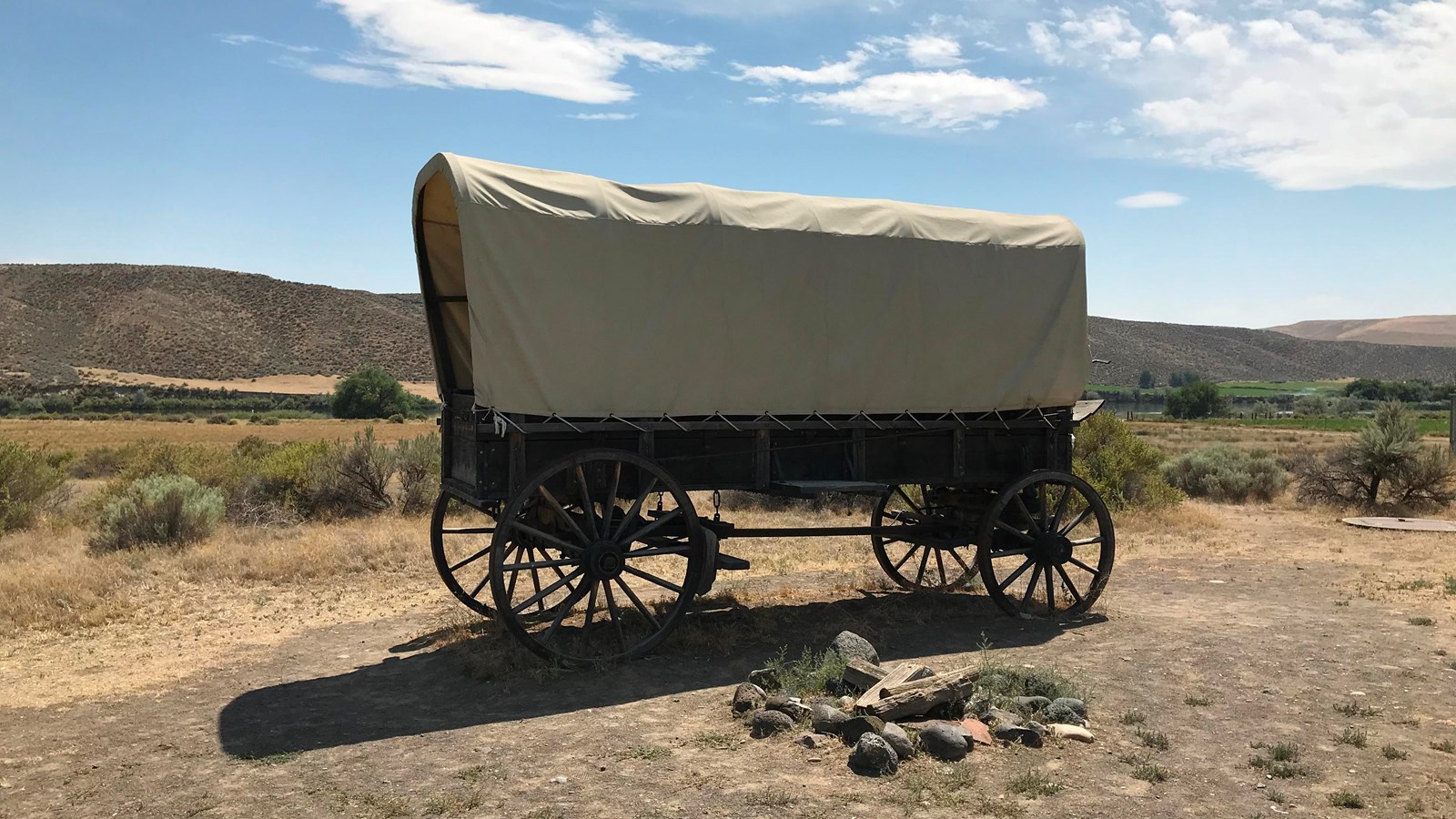Last updated: May 20, 2024
Place
Oregon National Historic Trail

NPS Photo
In 1800, America's western border reached only as far as the Mississippi River. Following the Louisiana Purchase in 1803 the country nearly doubled in size and pushed its western edge past the Rocky Mountains. Yet the wilderness known as Oregon Country (which included present-day Oregon, Washington and part of Idaho) still belonged to the British, a fact that made many Americans eager to settle the region and claim it for the United States.
American Indians had traversed this country for many years, but for European Americans it was unknown territory. Lewis and Clark's secretly funded expedition in 1803 was part of a U.S. Government plan to open Oregon Country to settlement. However, the hazardous route blazed by this party was not feasible for families traveling by wagon. An easier trail was needed.
Robert Stuart of the Astorians (a group of fur traders who established Fort Astoria on the Columbia River in western Oregon) became the first white man to use what later became known as the Oregon Trail. Stuart's 2,000-mile journey from Fort Astoria to St. Louis in 1810 took 10 months to complete; still, it was a much less rugged trail than Lewis and Clark's route.
It wasn't until 1836 that the first wagons were used on the trek from Missouri to Oregon. A missionary party headed by Marcus and Narcissa Whitman bravely set out to reach the Willamette Valley. Though the Whitmans were forced to abandon their wagons 200 miles short of Oregon, they proved that families could go west by wheeled travel.
In the spring of 1843, a wagon train of nearly 1,000 people organized at Independence, Missouri with plans to reach Oregon Country. Amidst an overwhelming chorus of naysayers who doubted their success, the so-called "Great Migration" made it safely to Oregon. Crucial to their success was the use of South Pass, a 12-mile wide valley that was virtually the sole place between the plains and Oregon where wagons could cross the formidable Rocky Mountains.
By 1846, thousands of emigrants who were drawn west by cheap land, patriotism or the promise of a better life found their way to Oregon Country. With so many Americans settling the region, it became obvious to the British that Oregon was no longer theirs. They ceded Oregon Country to the United States that year.
More Information
